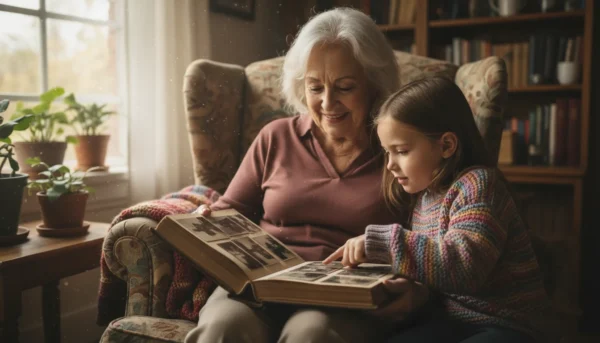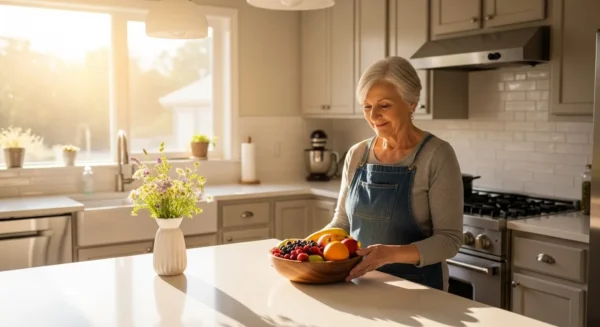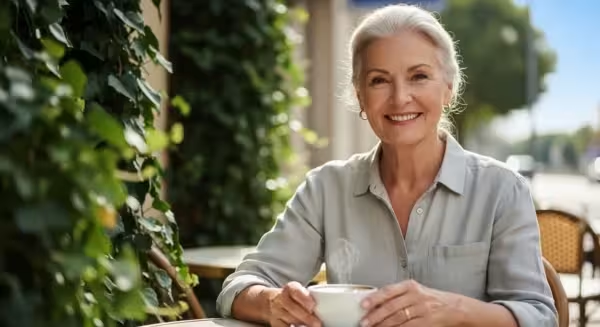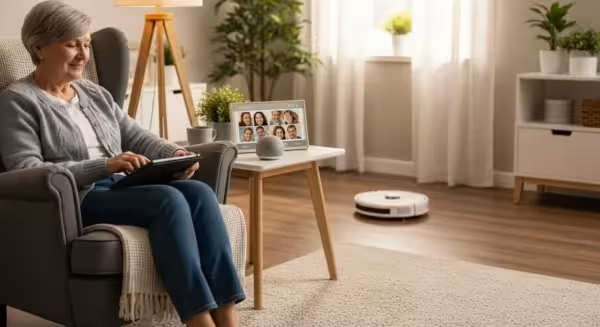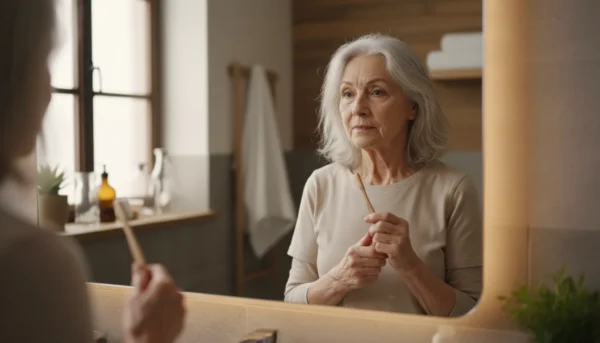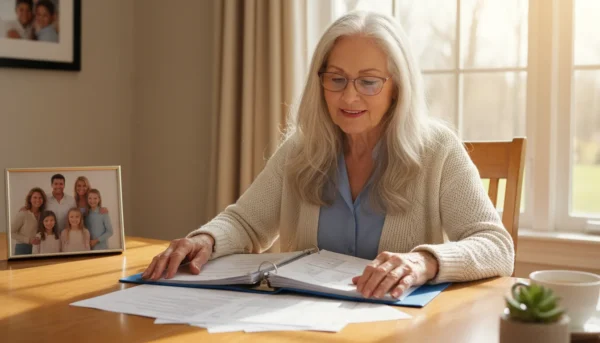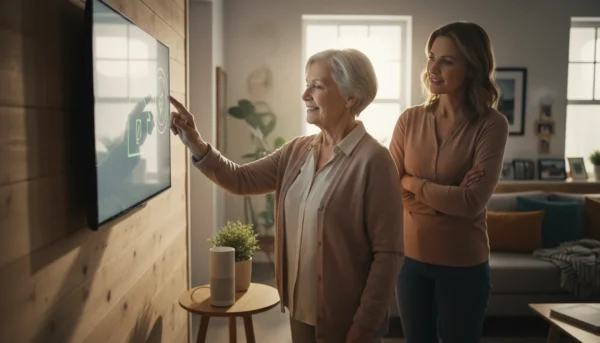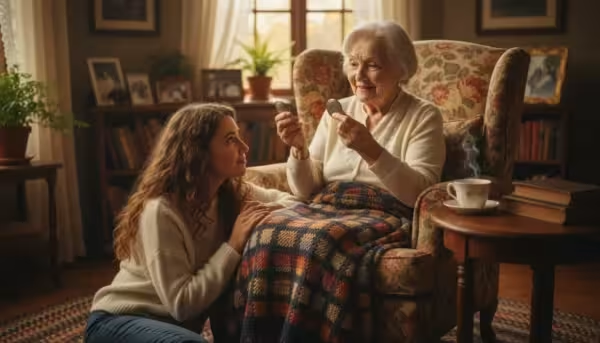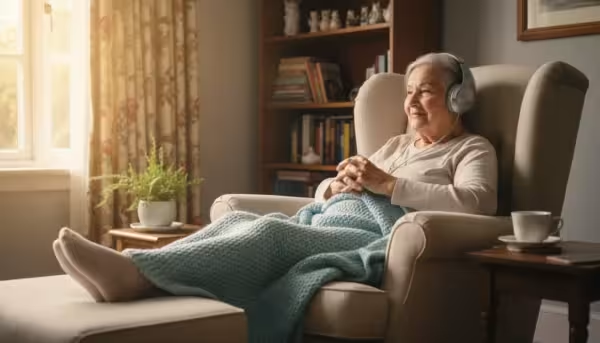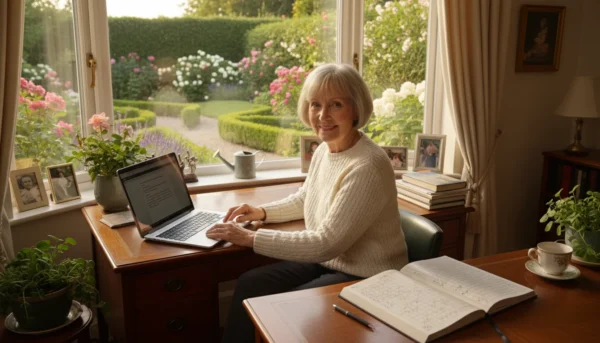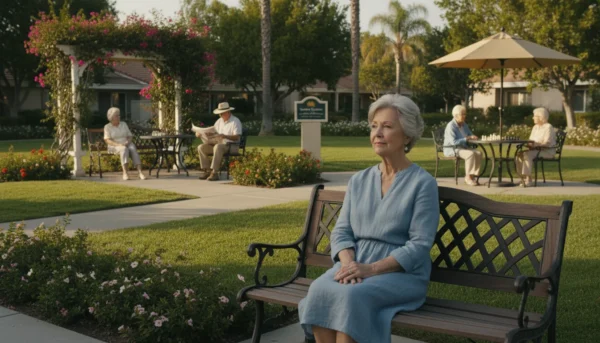For forty-two years, the house on Elm Street was more than just a house. It was the backdrop to our lives. My wife, Martha, and I bought it when we were still kids, really. We painted every room (twice), raised two children in its four bedrooms, and watched them ride their bikes down the driveway for the first time. The big oak tree in the backyard, which I planted as a sapling, now towered over the roof, a silent witness to decades of birthdays, holidays, and quiet Sunday afternoons. The house wasn’t just an asset on a balance sheet; it was family. And the thought of leaving it felt like a betrayal of every memory we’d ever made there.
This is my personal story and is for informational or entertainment purposes only. It is not intended to be financial advice. Please consult with a qualified financial professional for advice tailored to your individual situation.
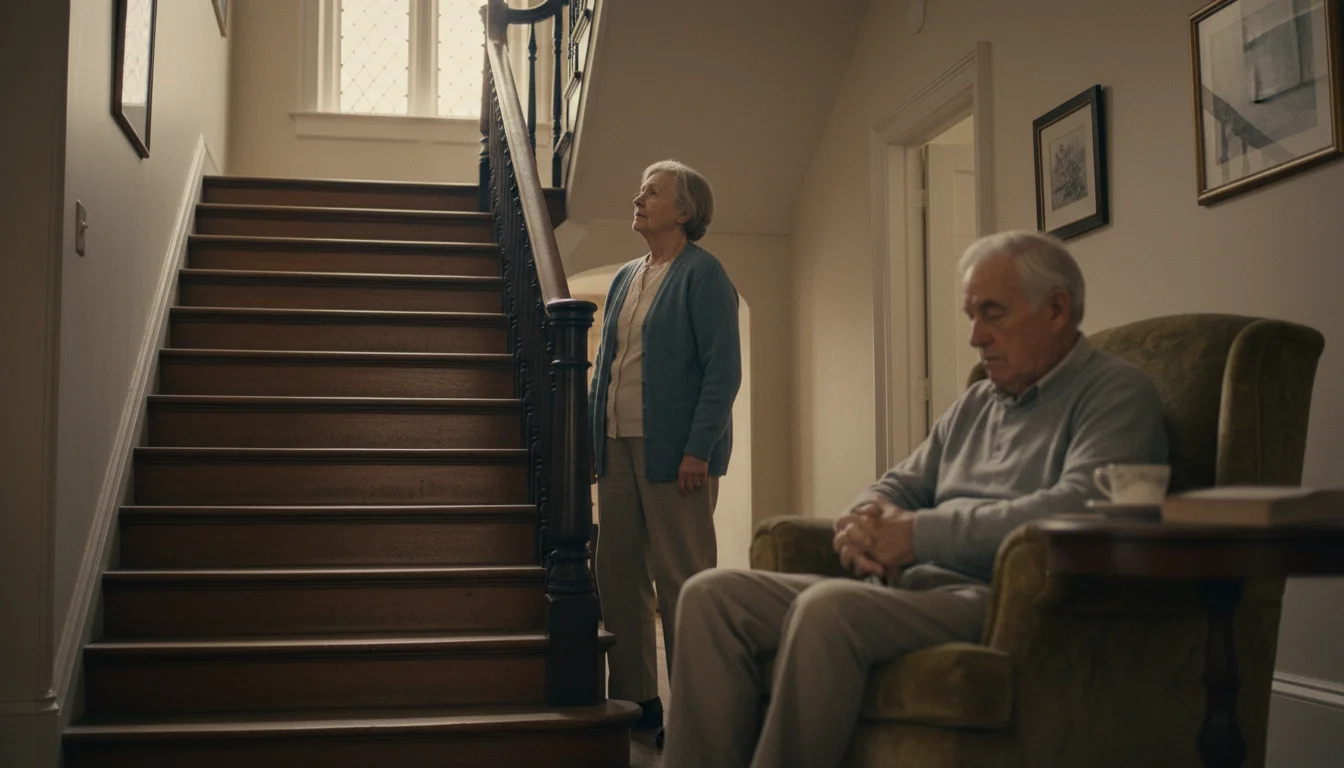
The Whisper That Became a Roar
The first whispers of change started quietly. It was a nagging feeling more than a conscious thought. I’d notice it when I was climbing the stairs and my knee would ache, or when Martha would sigh looking at the empty bedrooms upstairs, gathering dust. “So much to clean,” she’d say, and I’d nod, pretending not to hear the weariness in her voice. The property taxes, which once seemed manageable, had crept up every year. The heating bill for our 2,500-square-foot home during a cold New England winter could make you wince. We were “house rich and cash poor,” a phrase I hated but knew was true. Our retirement savings were solid, but they weren’t infinite, and our home was slowly, steadily eating away at our peace of mind.
The whisper became a roar one Saturday in October. I was on a rickety old ladder, trying to clear a stubborn clog from a second-story gutter. The ladder wobbled. For a split second, I saw myself falling, saw the hospital bills, the long recovery, the burden it would place on Martha. I managed to steady myself, my heart pounding against my ribs, but the illusion of invincibility was shattered. I climbed down, hands shaking, and knew we couldn’t keep this up. We were in our late sixties. We weren’t the same people who had bought this house. That night, I sat Martha down at the kitchen table, the same table where we’d helped our kids with their homework, and said the words I’d been avoiding for years: “Honey, I think it’s time we talk about downsizing our home.”

Facing a Mountain of Memories (and Stuff)
Saying it was one thing; doing it was another. Martha’s eyes filled with tears. To her, this wasn’t a financial decision; it was an emotional amputation. “But this is our home,” she said, her voice trembling. “Everything is here.” She was right. How do you pack forty years of life into cardboard boxes? How do you decide which memories get to come with you?
The financial side was, surprisingly, the easy part. I’m a numbers guy, always have been. I created a simple spreadsheet. On one side, I listed our current monthly expenses: mortgage (we’d refinanced years ago), property taxes, insurance, utilities, landscaping, and a budget for inevitable repairs. The total was staggering when I looked at it in black and white. On the other side, I estimated the costs for a two-bedroom condo in a 55+ community we’d heard about. The potential for saving money downsizing was undeniable. We could sell our house, pay cash for the condo, and eliminate our mortgage entirely. The property taxes would be a fraction of what we were paying. The homeowners’ association fee covered all exterior maintenance—no more gutters, no more snow shoveling. The numbers screamed that this was the right move. We stood to save nearly $15,000 a year, money that could go toward travel, our grandkids’ college funds, or simply a less stressful existence.
The real work was emotional. Our daughter, Sarah, came over to help us start the process. Her advice was simple but profound: “You’re not getting rid of the memories, you’re just getting rid of the stuff.” We decided to tackle the house one room at a time, starting with the attic, the final resting place for everything we couldn’t bear to part with but had no place for.
Opening those boxes was like opening a time capsule. We found my son’s first baseball glove, Sarah’s prom dress, and a dusty box of vinyl records we used to dance to in the living room. Each item sparked a story. For the first few days, we made almost no progress. We’d just sit on the floor, passing things back and forth, lost in the past. It was Martha who found a system. We made four piles: Keep, Donate, Sell, and “Memory Box.” The “Keep” pile was for things we would actively use in our new, smaller life. “Donate” and “Sell” were self-explanatory. The “Memory Box” was our compromise. Each of us was allowed one large plastic tub for purely sentimental items—things with no practical value but immense personal meaning. My box held old photos, letters from my father, and the program from our wedding. Martha’s held the kids’ first shoes and a collection of their crayon drawings. This focused approach to simplifying for savings, both financial and emotional, made the monumental task feel achievable.

The Freedom of a Smaller Footprint
The process took three long months. There were tears and arguments, but there were also moments of incredible connection as we revisited our shared history. Selling the house was bittersweet. As we watched the new family—a young couple with a toddler—pull into the driveway on closing day, I felt a pang of sadness. But then I saw the look on their faces—the same excitement and hope we’d had forty years ago—and I knew we were passing the torch. The house would be filled with new life and new laughter. Our memories weren’t in the drywall; they were in us.
Moving into the condo felt like a deep exhale I didn’t know I’d been holding. The first month was a revelation. When the first utility bill arrived, I actually laughed. It was less than half of what we used to pay. There was no sprawling lawn to mow, no leaves to rake, no gutters to clean. On the first snowy day of winter, we sat by our window with cups of coffee and watched a landscaping crew quietly clear our walkway and driveway. I looked at Martha, and she was beaming. “I could get used to this,” she said.
That feeling never went away. This journey of retirement downsizing wasn’t about loss. It was about gain. We gained financial freedom. The thousands of dollars we saved each year translated directly into experiences. We took a cruise to Alaska, something we’d talked about for a decade but never felt we could afford. We visit our grandkids, who live five states away, several times a year now without feeling a financial pinch. But more than the money, we gained time and energy. Our weekends are now for long walks, visiting with new friends in our community, and pursuing hobbies, not for endless home maintenance.
If a friend were standing where I was a few years ago, paralyzed by the thought of leaving their family home, I’d tell them this: Your home is supposed to serve you, not the other way around. It’s okay to acknowledge that your needs have changed. Letting go of the bricks and mortar is not letting go of the love and memories built within them. For us, downsizing wasn’t an end; it was the beginning of the most relaxed and enjoyable chapter of our lives. We didn’t lose a big house; we gained our retirement back.
For expert guidance on senior health and finance, visit Consumer Financial Protection Bureau (CFPB), Administration for Community Living (ACL), Eldercare Locator and AARP.
|
Fact-Checked Content
Our editorial team reviews all content for accuracy and updates it regularly. Learn about our editorial process →
|



